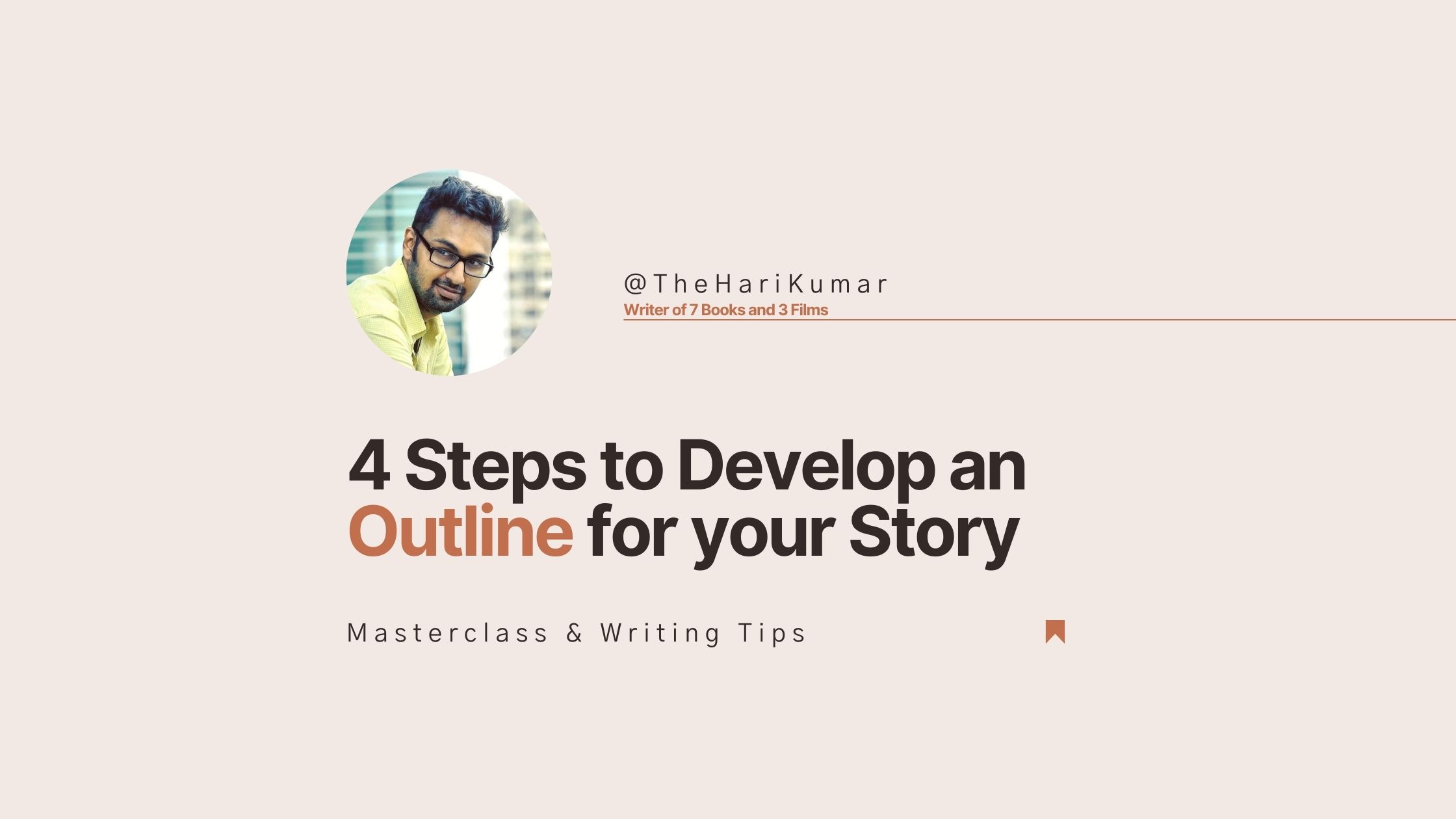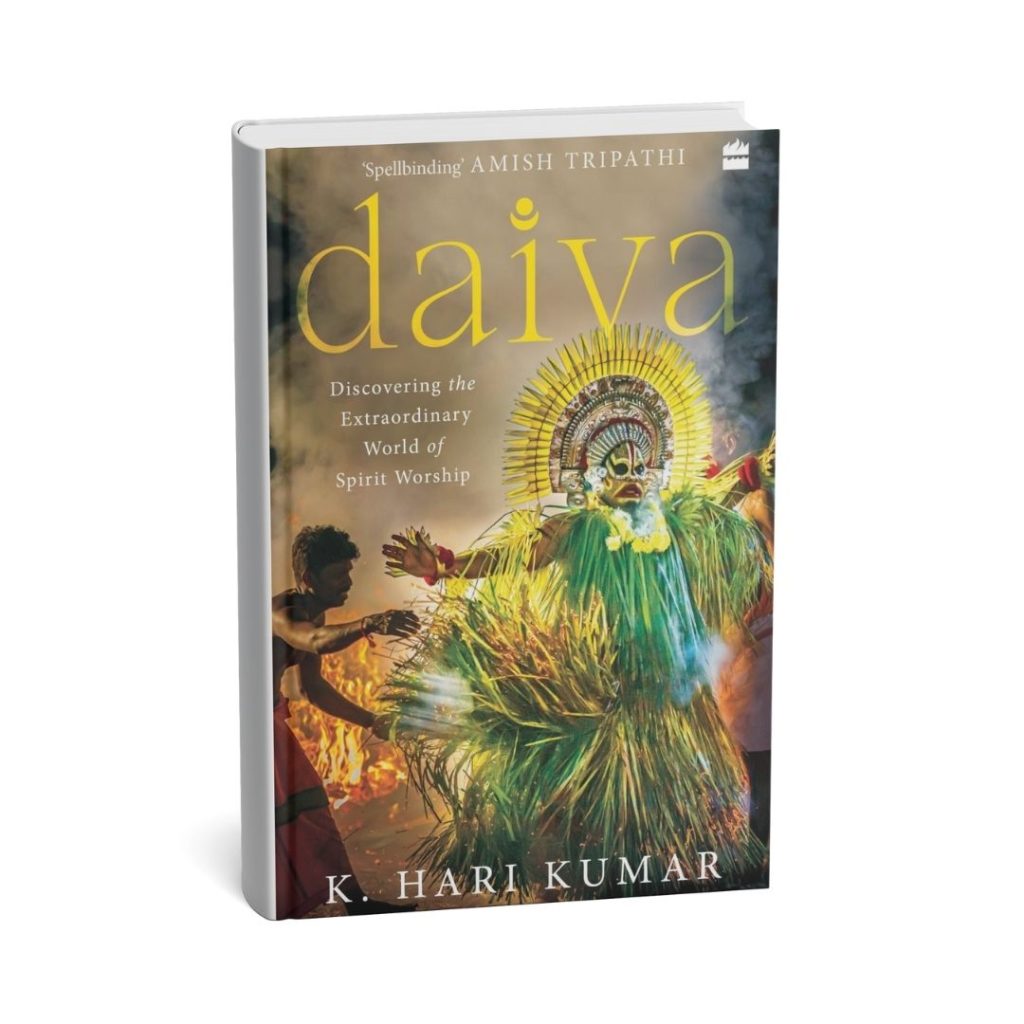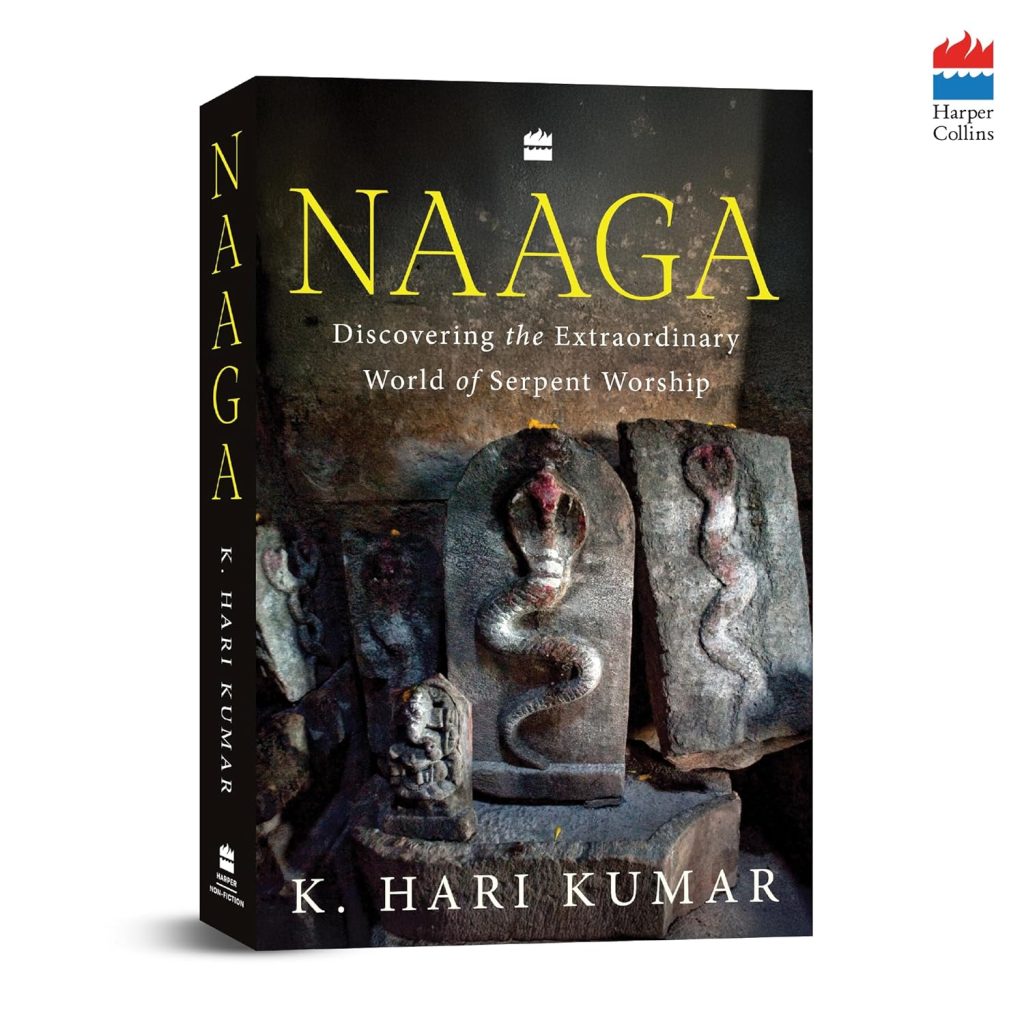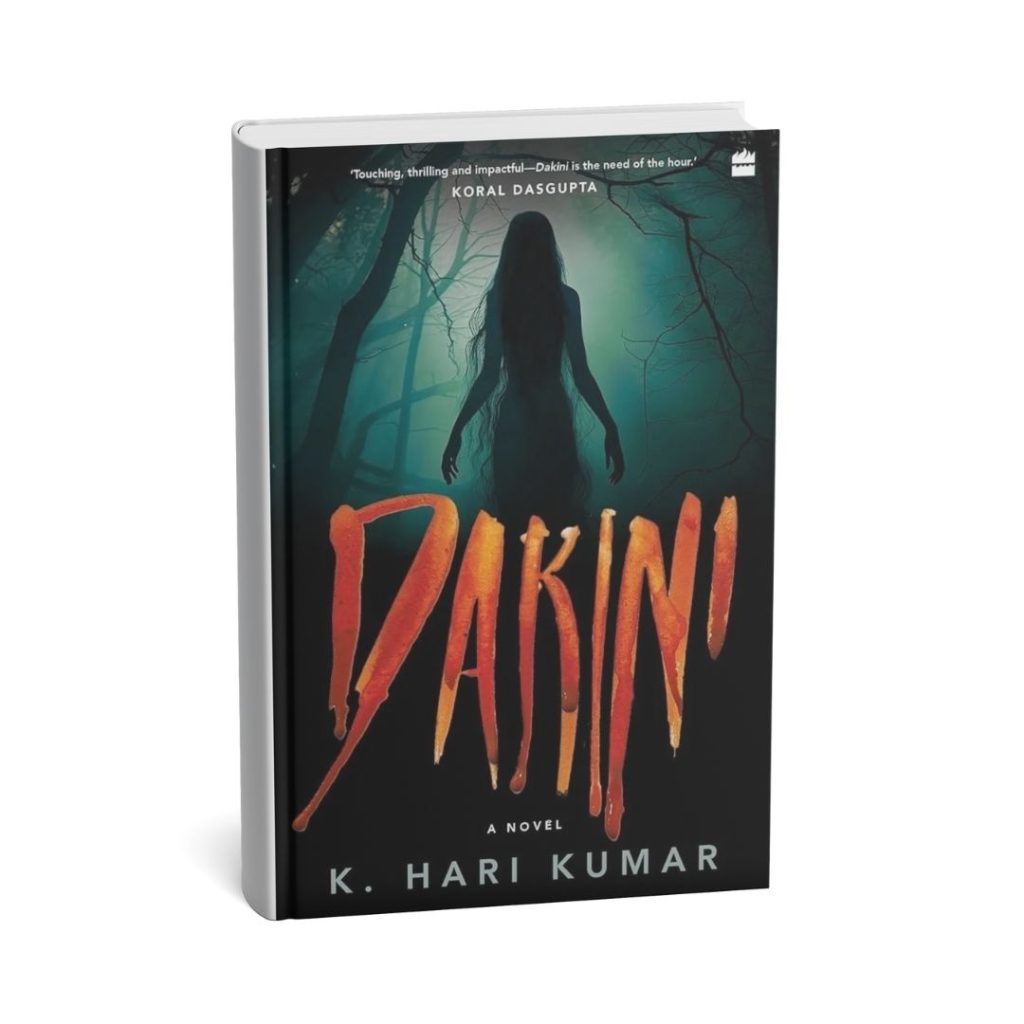Have you ever found yourself gazing into the void of a blank screen, unsure of where to begin your literary quest? Fret not, for outlining is the key to unlocking the vast expanse of your imagination and structuring your ideas. If you followed the tips I shared in the previous post then you are ready for the next step in your writing journey.
A Story Outline is the ray of light that leads you through the uncharted dark territories of your story, from its inception to its conclusion. As the venerable John Steinbeck once espoused, “Write freely and as rapidly as possible and throw the whole thing on paper. Never correct or rewrite until the whole thing is down.” And what better way to accomplish this than with a meticulously crafted outline?
Drawing from my 9 years of experience in the film and publishing industries, I can confidently state that a great story requires a solid foundation – one that is built on an effective structure. However, for that, you need an effective outline. Think of it this way: Would a builder construct a house without preparing a blueprint? Similarly, a poorly outlined story is merely a collection of disjointed events that can leave writers feeling bewildered and confused while writing the whole thing.
Developing a well-structured story is definitely a demanding task. It involves having all the necessary elements in place: a captivating introduction, a series of events that lead to a climactic moment, a resolution that ties up loose ends, and everything in between. Think of it as building a house: a sturdy foundation, durable walls, and a roof that holds everything together. But fear not, my dear writer! I’m here to tell you how to do it in simple steps.
Remember what I said in the last post, writing is a journey, and in this article I am saying that the outline is your trusted guide. So embrace it, master it, and let it take you on a thrilling adventure that will leave your readers clamoring for more.
Story in One Line

In the world of storytelling, a seemingly straightforward question like “what is your story in one line?” can carry immense weight. It is a fundamental query that requires a deep understanding of the essence of your narrative.
If you are struggling to come up with a clear and concise answer, it is time to channel your inner architect and construct a solid foundation for your writing. Crafting a one-line summary is not just an exercise in brevity, it is a crucial step in shaping the course of your story. It is the cornerstone upon which you will build your narrative and the guiding light that will lead you towards the conclusion you desire. Akin to charting a course before embarking on a voyage, it is a vital tool that ensures you stay on track and avoid straying off course.
For instance, take a look at the following:
- “The Lord of the Rings” by J.R.R. Tolkien – A hobbit embarks on a dangerous quest to destroy a powerful ring and save Middle Earth from darkness.
- “The Da Vinci Code” by Dan Brown – A professor and cryptographer race to uncover a religious conspiracy while being pursued by a secret society.
- “Dakhma” by K. Hari Kumar – A genophobic woman moves to a new apartment with her husband and starts experiencing unexplainable events, leading her on a search for answers that uncover a devastating secret.
- “The Alchemist” by Paulo Coelho – A shepherd boy travels from Spain to Egypt in search of a treasure and discovers the importance of following one’s dreams and listening to one’s heart along the way.
- “Rosemary’s Baby” by Ira Levin – A young couple moves into a prestigious apartment building in New York City, but when Rosemary becomes pregnant, she begins to suspect that her neighbors, who belong to a mysterious and manipulative coven, have sinister plans for her unborn child.
- “Harry Potter and the Philosopher’s Stone” by J.K. Rowling – A young orphan boy discovers he is a wizard and must defeat an evil wizard who killed his parents.
Once you have honed in on your story’s essence, the next step is to create an outline. An outline is a detailed plan that lays out the structure of your story, allowing you to flesh out your characters, plot, and themes. It is the blueprint that guides you through the intricate labyrinth of writing, providing a roadmap for each twist and turn.
So, before you put pen to paper or fingers to keyboard, take the time to distill the essence of your story into a clear and concise one-line summary. Ask yourself, “What is your story in one line?” This will give you a solid foundation on which to build your outline and will pave the way for a compelling and satisfying narrative.
Outlining Characters

A story that lacks fully realized and relatable characters may fall flat, for it is these characters that captivate the readers and arouse emotional investment in the narrative.
While the protagonist is often the driving force, it is crucial to craft multidimensional characters with strengths and flaws, making them both engaging and authentic. However, supporting characters such as the love interest, best friend, mentor. The antagonist is equally vital to shaping the protagonist’s journey. Therefore, each character must be crafted with depth to add layers to the narrative, and their relationships must be believable and meaningful.
Crafting a rich backstory that informs character motivations and actions is vital to creating compelling characters, for they become real people, allowing for authentic writing. These may never appear in your final story but knowing the backstory will help you write the characters and the decisions they make to drive the narrative forward.
So, ask yourself – Who is your protagonist? What were his or her parents (Wizards in Harry Potter)? Was he or she abandoned in a river (like Bahubali)? Who is the antagonist and why is he or she like that? Was the villain wronged in the past? Any particular mannerisms in the characters?
In conclusion, well-rounded and engaging characters are indispensable in the success of any story, as they bring the narrative to life, creating a world that readers will want to explore, experience and cherish until the very end.
3 Main Events

In every story, the beginning, middle, and end are the building blocks that form a cohesive and satisfying narrative.
Think – where does your story begin, at what point? Does it involve the protagonist or someone related to him or her?
The beginning serves as the foundation, introducing the story’s world, characters, and inciting incident. It is here that the reader is hooked, and their investment in the story begins.
The middle of the story is where the conflict and tension are developed, and the characters face obstacles that stand in the way of their goals. As the story progresses, the stakes are raised, and the tension is heightened, creating a sense of urgency that keeps the reader engaged and invested in the outcome.
Finally, the end of the story brings resolution to the conflict, tying up loose ends and providing a satisfying conclusion. It is here that the protagonist faces their greatest challenge, and their growth and development are revealed. The end of the story should bring a sense of closure and provide a rewarding experience for the reader.
The 3-Main-Event is different from the 3-act-structure, which is a more detailed approach to outlining a story, whereas the concept of beginning, middle, and end is a broader concept that refers to the overall structure of a story. For example, in Stephen King’s ‘The Shining’, the three main events are as follows:
- The Torrance family moves to the Overlook Hotel and Jack’s descent into madness begins.
- Danny’s psychic abilities reveal the hotel’s dark history and the ghosts that haunt it, culminating in Jack’s attempt to kill his family.
- The final showdown between Jack and his family, leading to Jack’s death and their escape from the hotel.
Each part of the story is critical to its success, and careful consideration should be given to crafting each section. By creating a strong foundation in the beginning, building tension and conflict in the middle, and providing a satisfying resolution in the end, you can create a narrative that will captivate and engage your readers.
Infuse & Expand

What is a story? It is nothing but the journey of your protagonist. Always remember this.
In crafting a compelling narrative, it is essential to infuse your characters into the story you have built. As the journey of the protagonist is at the heart of your story, it is important to add obstacles and tension to their path. Tension is the crucial ingredient that brings a story to life, without which the narrative can fall flat and fail to engage readers.
To create tension, it is necessary to fully develop your characters and bring them to life within the world you have created. As they navigate their journey, obstacles should be added for them to overcome, and the stakes should be continually raised to keep the tension high. This not only makes the story more engaging but also provides opportunities for characters to shine by demonstrating their reactions and adaptations to challenging situations.
Tension should ultimately lead to a big payoff in the end. This requires building up to a climactic moment where the conflict is resolved and the story reaches a satisfying conclusion. Whether it is a final battle between the hero and villain or a heartfelt resolution between two characters, the climax is the moment that makes all the tension and conflict worthwhile.
It is important to remember that the outline is a summary of your story, not the final manuscript. As such, ensure that all points are concise and effective in conveying the intended plot and themes. By carefully crafting your narrative and creating meaningful conflict, you can keep your readers invested and eagerly turning the pages to discover what happens next.
Final Thoughts

Creating a story outline is like building a foundation for a magnificent structure. Just as a strong foundation is essential for a monument, a well-crafted outline is crucial for any good story. It gives direction and ensures that your narrative stays on track. By identifying the three main events of your story and infusing your characters into the world you’ve built, you can create tension and conflict that will keep your readers invested until the end. Remember, a satisfying payoff is just as important as building up tension, so don’t be afraid to let the conflict come to a head in a climactic moment. With a well-crafted outline, you can confidently move forward and begin writing your masterpiece.




Leave a Reply